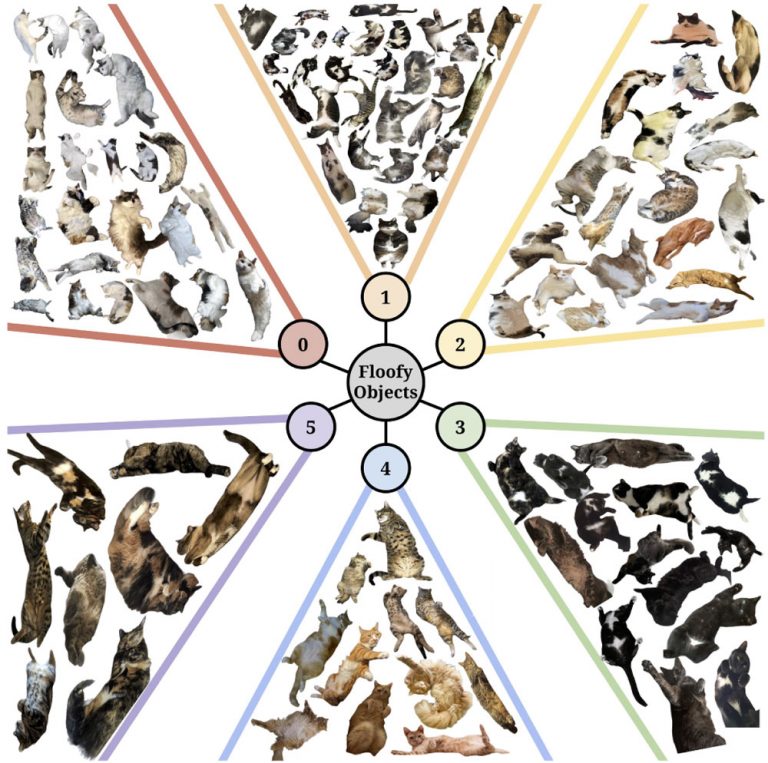
Exoplanet Hunter Racks up 5,000 “Objects of Interest”
Since its 2018 launch, the unassuming TESS satellite has found 175 confirmed exoplanets (so far) among 5,000 “objects of interest.”

No Release for the Hubble Tension
New data and analysis show that a long-standing discrepancy in the measurement of the current expansion rate of the universe is real — even as the reason for it remains a mystery.

Infant “Hot Neptune” Provides Clues to Its Birth
How’d a nice young ice giant end up in such a hot orbit? Scientists investigate the mysterious exoplanet AU Microscopii b.

New Kind of Supernova Implodes Stars Before Their Time
Astronomers have found the first circumstantial evidence for a supernova triggered by a merger with a neutron star or maybe even a black hole.

Venus: Thin-skinned and Likely to Blow
Scientists found a strange little volcanic feature on the edge of a Venusian corona, giving further credence to the theory that the planet has a thin outer layer and an active interior.

Gale Crater on Mars: An Ancient Lake or Just Puddles?
A new study suggests that wind, not water, created the rock layers in Gale Crater, where the Curiosity rover roams.

Venus Surface Is Fragmented Like “Pack Ice”
A new analysis of old data suggests that some of our sister planet’s unique surface formations are due to a “squishy” crust and an active interior.

Cakes, Cats, and Stars — Astro April Fools
Astronomers turn their attention to the true puzzles of the universe: cats, Jaffa Cakes, and the coming planet–black hole apocalypse.

New Studies Agree: The Universe Is Expanding Faster Than Expected
Measurements of elliptical galaxies provide a new way of calculating the current expansion rate of the universe. And the results are adding to a growing controversy.

New Map of Ice on Mars Will Aid Future Crewed Missions
Scientists have made a new and improved map of possible water-ice reservoirs on Mars.

Chlorine and Water Are in the Air in Martian Summertime
Two studies of the Martian atmosphere are changing the way we think about its current climate and its ancient past.

Astronomers Find Most Distant Gamma-ray Burst Yet
From the farthest-known galaxy in the observable universe comes the brightest and most energetic of events: a possible gamma-ray burst.

Is the Phosphine Biosignature on Venus a Calibration Error?
The already tentative detection of phosphine is under heavy scrutiny from the scientific community. A problem with the ALMA data hasn't helped.

Earth-size Planets Are Common, Kepler Retrospective Finds
A new, full analysis of Kepler data finds at least 300 million Earth-size planets in the habitable zone around Sun-like stars in our galaxy.

Did Pioneer Venus Find Phosphine First?
NASA's Pioneer Venus mission, which launched in 1978, found the first tantalizing clues of phosphine, a potential biosignature gas — but it took 40 years to realize it!

Giant Planet Found Around a White Dwarf
Astronomers have found a Jupiter-size planet orbiting a much smaller white dwarf. The discovery shows what a system might look like after its star's death.

Race to Venus: How We’ll Verify Phosphine
Confirming phosphine's presence on Venus is difficult from Earth . . . and that makes a good case for a mission to our sister planet.

Potential Biosignature Found in Venus’s Clouds
Astronomers might have found a potential indication of life in the clouds of Venus.
